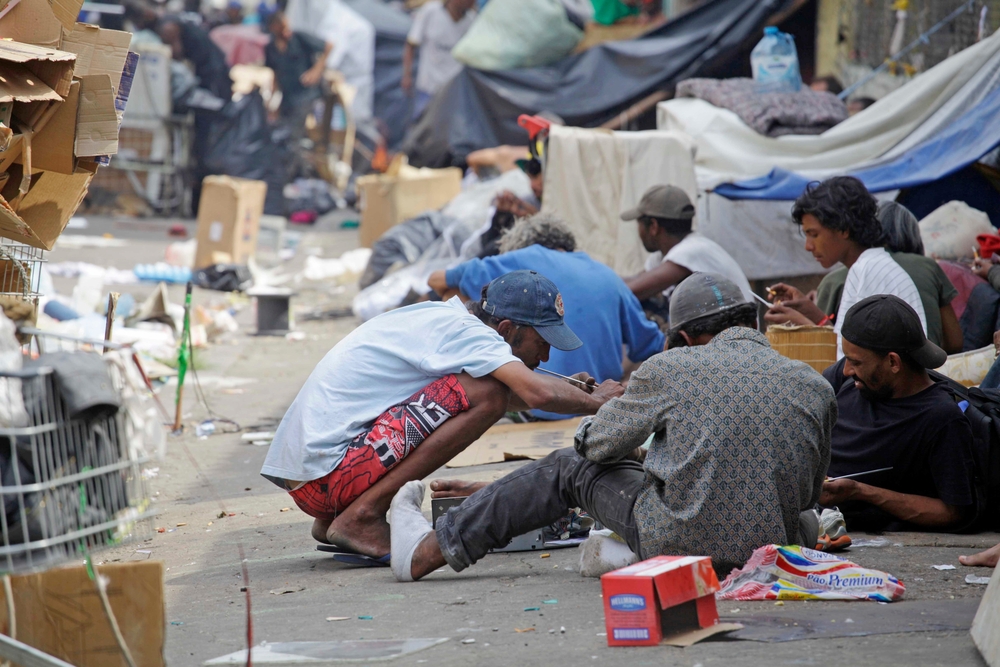After a six-year gap, the Brazilian Institute of Geography and Statistics (IBGE) released updated official data about food insecurity in Brazilian households.
Some 27.6 percent (or 21.6 million) of Brazilian households experienced food insecurity last year. Of these, 4.1 percent (3.2 million households with 8.7 million people) were in a severe situation, defined by dietary restrictions not only among adults, but children.
According to IBGE, people in this situation do not necessarily suffer from hunger but may have experienced moments of lack of access to food throughout the data collection period (90 days before the questionnaire).
Today’s data shows a 15.7 percent drop in food insecurity compared to 2017-2018 levels, the years that followed the 2014-2016 financial crisis, the worst recession in Brazilian history. At the time, 10.3 million people experienced severe food deprivation. The number of people with light or moderate levels of food insecurity also declined.
“The country has invested in social programs in recent years, and food insecurity responds well to this type of intervention. Furthermore, there has been a recovery in income and employment,” says IBGE analyst André Martins.
At the light level of food insecurity, families live with some concern about access to food in the future, in addition to already having the quality of their diet compromised in some way. In contrast, at a moderate level, access restrictions are already a reality for adults.
Compared to a previous study from 2013, however, the problem is worse. Back then, the number of people experiencing severe food insecurity was 20 percent lower.
The data was extracted from the PNAD continuous household survey using criteria from the Brazilian Food Insecurity Scale (EBIA), which allows the identification and classification of households according to the level of food security of their occupants.
Another four previous IBGE studies had addressed the topic of food security according to this scale: the Supplements on Food and Nutritional Security (SAN) — which were part of the PNAD survey in 2004, 2009, and 2013 — and the Family Budget Survey (POF), from 2017-2018.
In recent years, including the Covid pandemic period, other organizations have surveyed the hunger situation in the country based on different methodologies. The most prominent one, and which also became one of the last presidential election’s central talking points, was carried out by the Brazilian Research Network on Sovereignty and Food and Nutritional Security (Rede Penssan).
According to this study, 33.1 million Brazilians experienced hunger in 2022. Based on the IBGE’s latest census, the UN also released estimated numbers for the country last year, pointing to 70.3 million people in some situation of food insecurity; of these, 21.1 million were hungry or “did not have access to food every day.”


 Search
Search






































